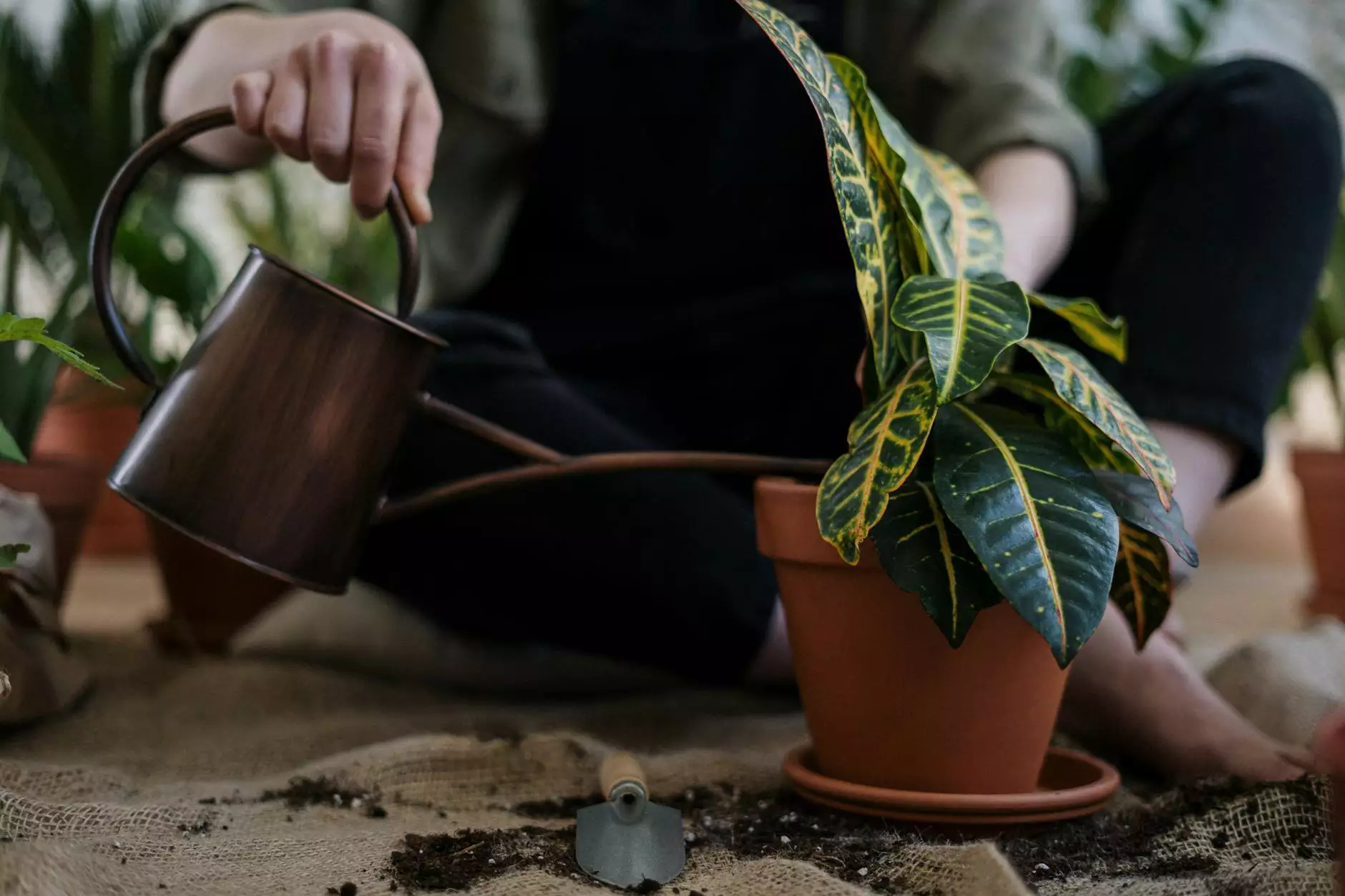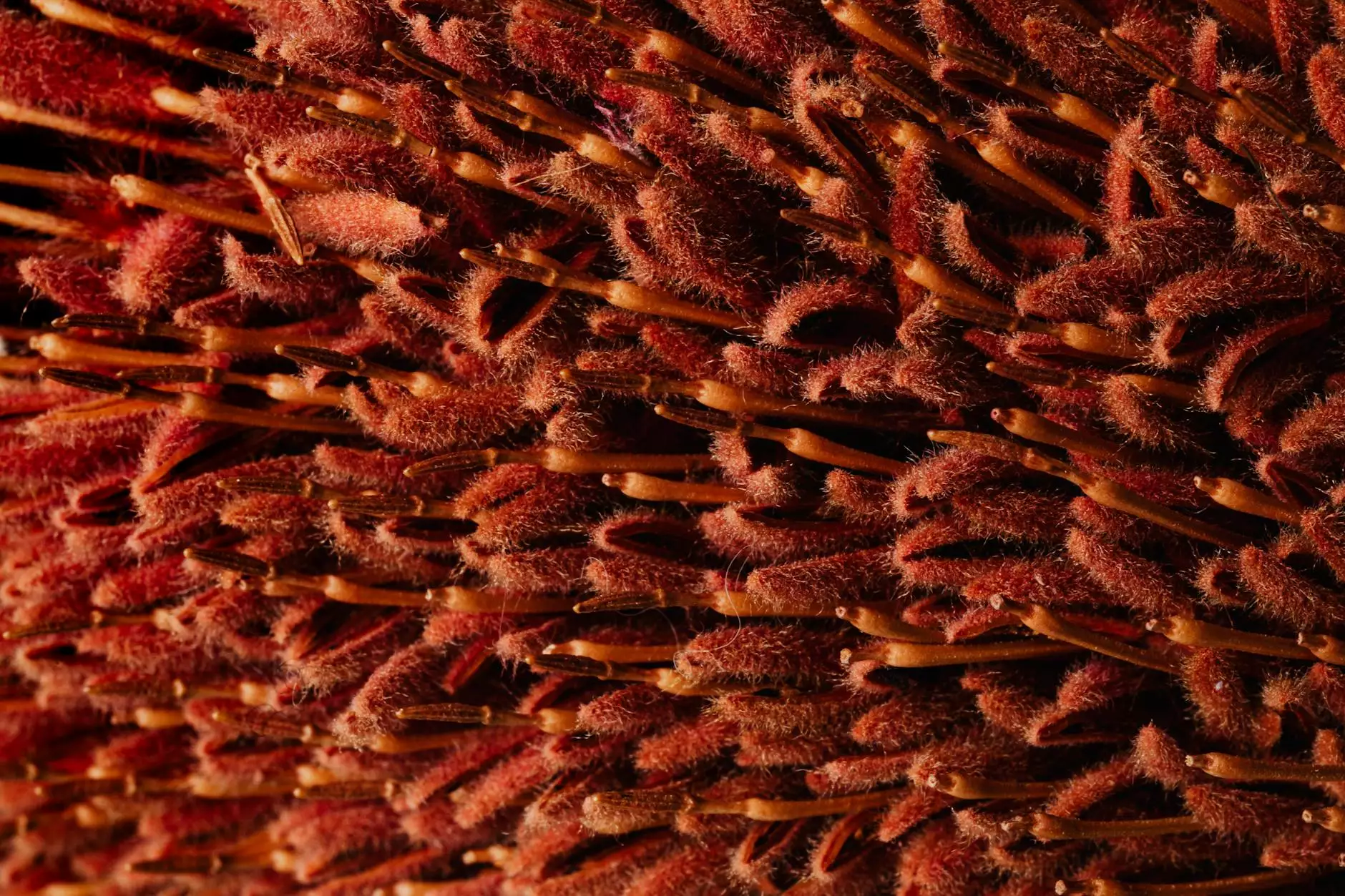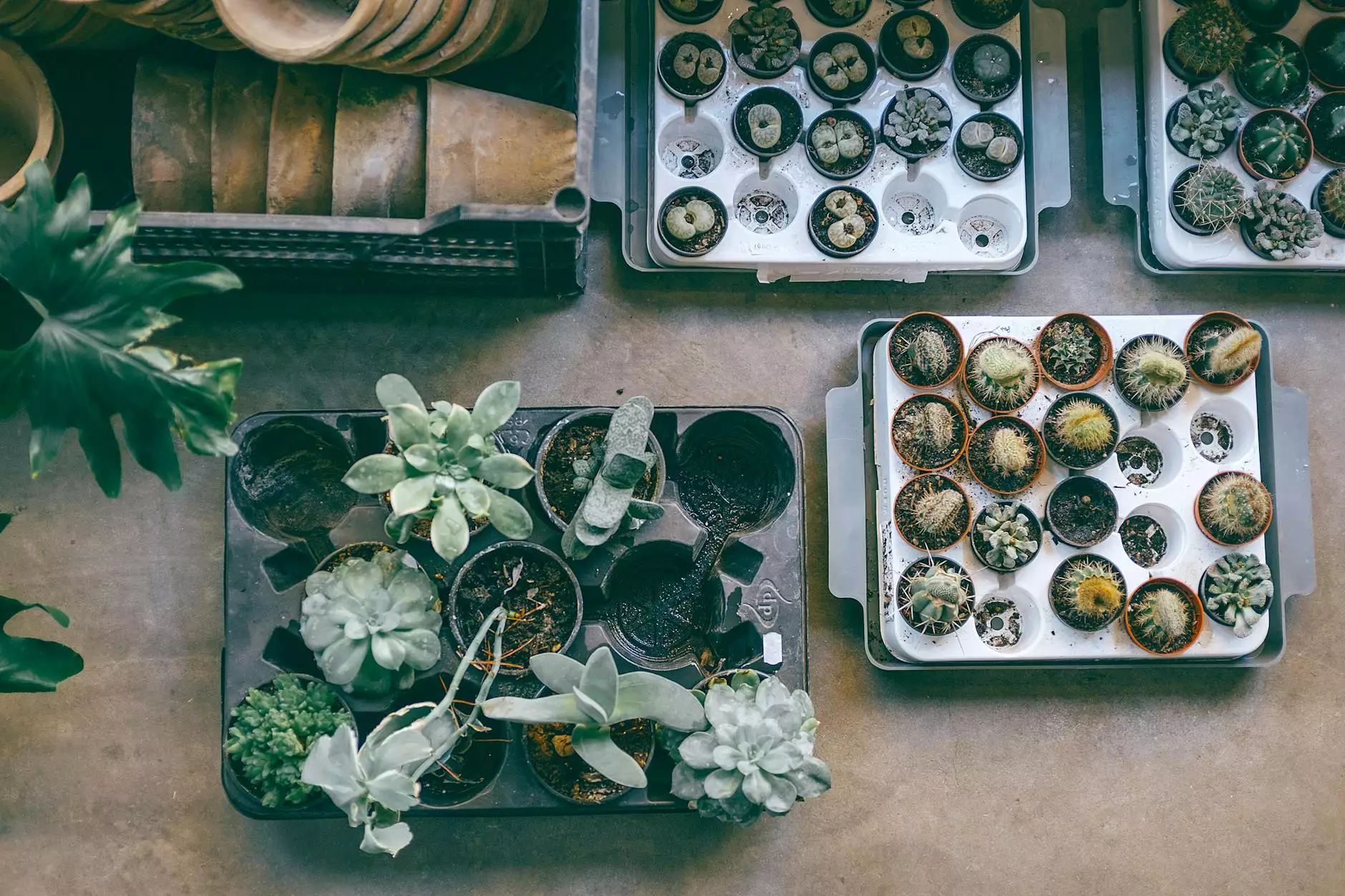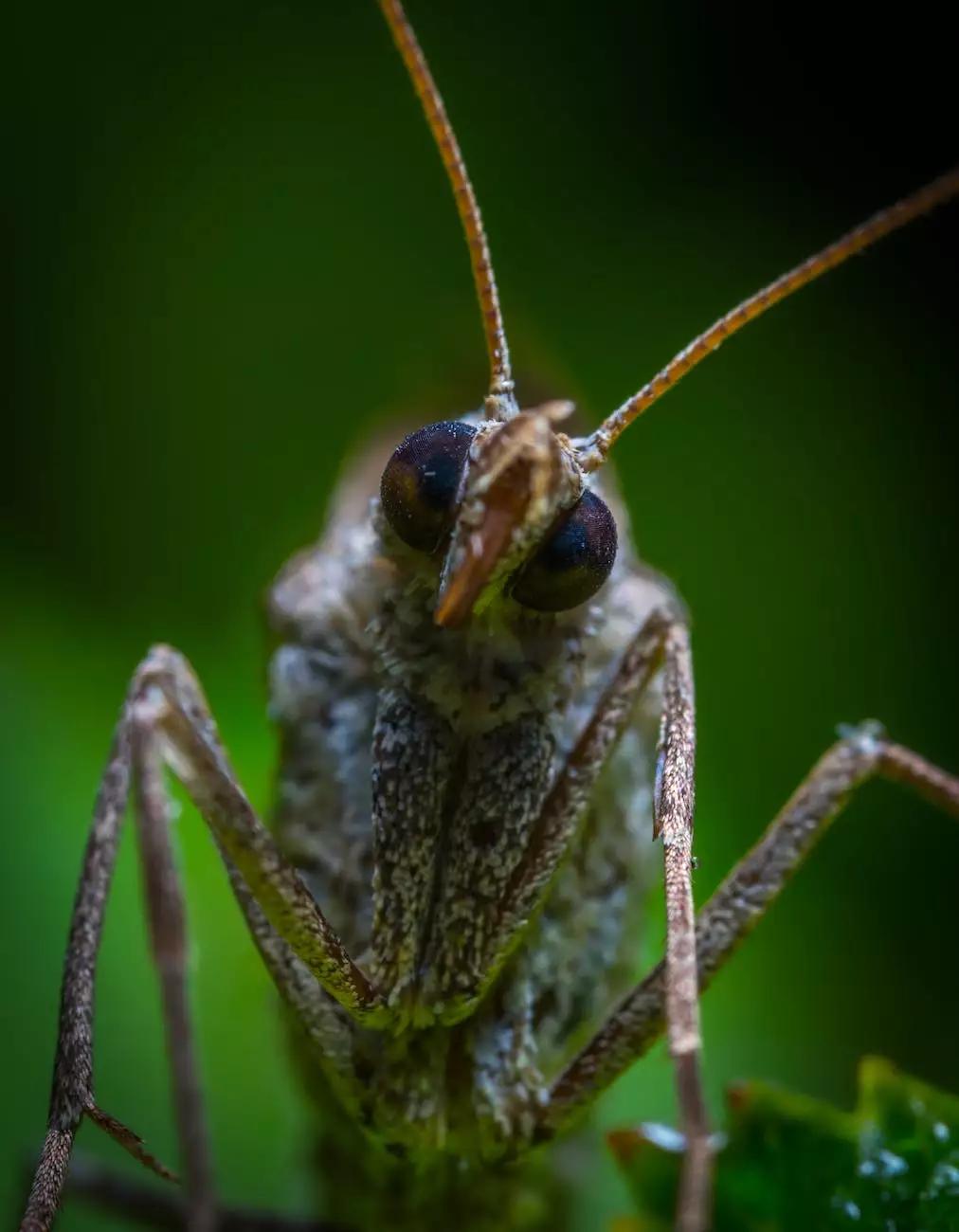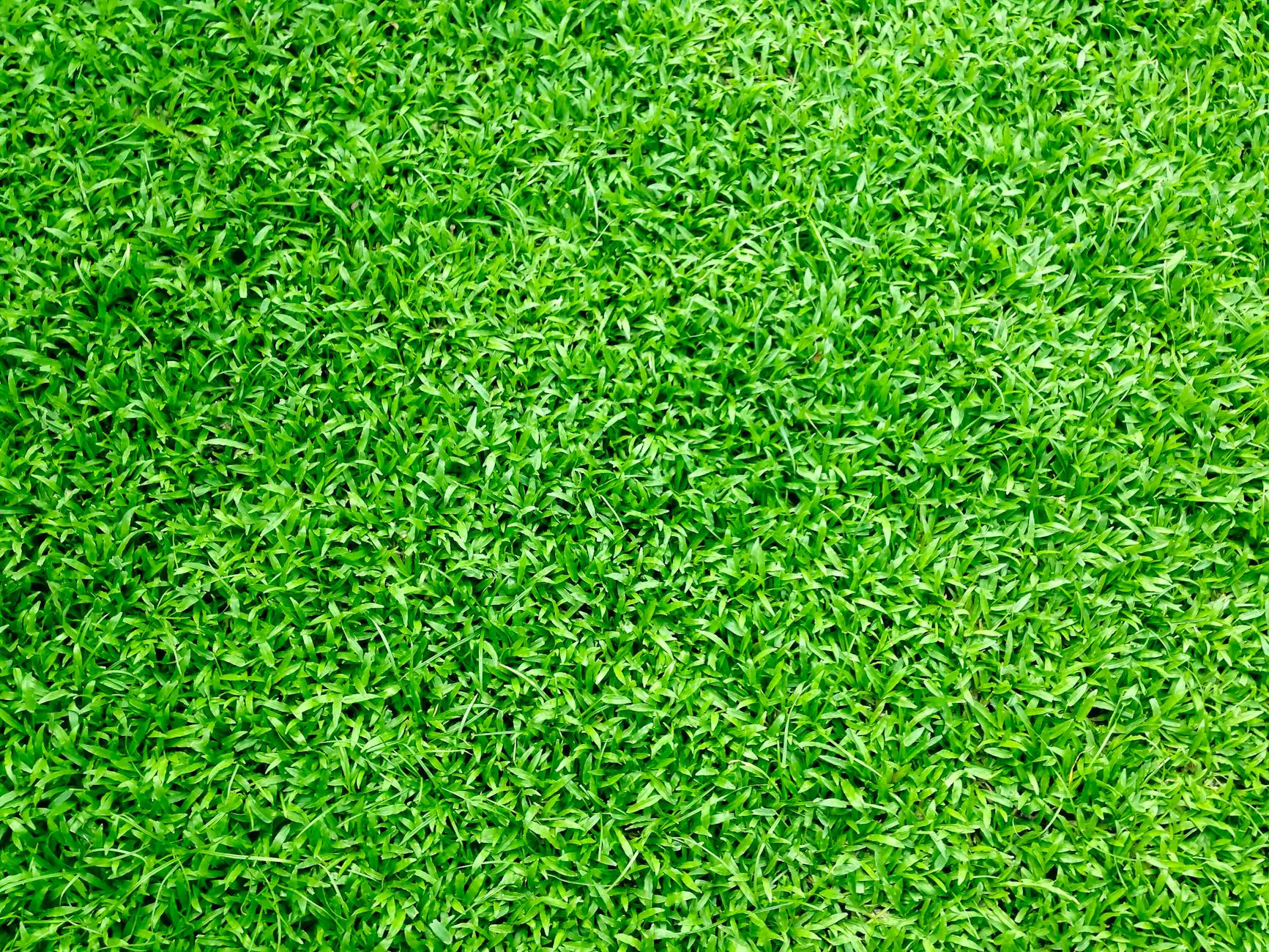Venus Flytrap Care - La Venezia Art & Fashion

Introduction
Welcome to La Venezia Art & Fashion's comprehensive guide on Venus Flytrap care. Known for their iconic carnivorous nature, Venus Flytraps are fascinating plants that can add a unique touch to your home or garden. In this guide, we will explore how to properly care for these incredible plants to ensure they thrive and remain healthy.
Getting Started
Before diving into the details of Venus Flytrap care, it is important to understand the basic requirements for their survival:
- Light: Venus Flytraps require 6 or more hours of direct sunlight each day. Place them in a bright spot near a window or provide artificial grow lights if necessary.
- Soil: These plants prefer acidic, nutrient-poor soil. A mix of sphagnum moss and perlite is ideal for their growth.
- Water: Venus Flytraps need distilled or rainwater, as tap water often contains minerals that can harm them. Keep the soil moist but not waterlogged.
- Humidity: These plants thrive in high humidity environments. Consider using a humidity tray or placing a small container of water near them to increase humidity levels.
Planting and Potting
When potting Venus Flytraps, it is important to follow these steps to ensure their proper growth:
- Choose the right pot: Select a pot with good drainage to prevent waterlogging. A plastic or terracotta pot with drainage holes is recommended.
- Potting mix: Prepare a mixture of sphagnum moss and perlite or vermiculite in a 1:1 ratio. This creates a well-draining, acidic environment for the plants.
- Gently remove the plant: Carefully remove the Venus Flytrap from its nursery pot, trying to avoid damaging the delicate roots.
- Planting: Place the plant in the prepared potting mix, ensuring the roots are covered but the crown remains exposed.
- Watering: Water the newly potted Venus Flytrap thoroughly, allowing excess water to drain out. Avoid waterlogging.
Feeding Venus Flytraps
Venus Flytraps derive a portion of their nutrients from catching and digesting insects. Here are some important points to keep in mind:
- Feeding frequency: Venus Flytraps generally do not require frequent feeding and can survive purely on sunlight. Feeding every 2-4 weeks is sufficient.
- Choosing prey: While small insects like flies, ants, and spiders are suitable, avoid feeding them anything too large. Stick to proportionate-sized prey to prevent damage to the trap.
- Feeding process: Gently place the prey inside the trap without triggering it. Do not force the trap closed, as this may cause injury. Allow the trap to close naturally.
Winter Dormancy
Venus Flytraps undergo a winter dormancy period where they experience slower growth. Here's what you need to know:
- Light reduction: During dormancy, reduce the amount of light the plants receive to 5-6 hours of indirect light per day.
- Temperature: Venus Flytraps can tolerate temperatures between 35-50°F (1-10°C) during dormancy. Place them in a cool area of your home or move them outdoors if the climate permits.
- Watering: Reduce watering during dormancy while ensuring the soil doesn't completely dry out. Mist the plant occasionally to maintain humidity.
Pests and Diseases
Venus Flytraps are generally hardy plants but can occasionally face pest infestations and diseases. Here are some common issues to be aware of:
- Aphids: These tiny insects can suck sap from the plant's leaves. Use soapy water or a gentle insecticide to control their population.
- Fungal infections: If you notice mold or fungal growth on your Venus Flytrap, carefully remove affected leaves and improve air circulation around the plant.
- Overwatering: Waterlogged soil can cause root rot. Ensure proper drainage and only water when the top of the soil feels slightly dry.
Conclusion
Caring for Venus Flytraps can be a rewarding experience. By following the steps outlined in this guide, you can create an ideal environment for these captivating plants to flourish. Remember to provide ample sunlight, well-draining soil, appropriate watering, and occasional feeding. With patience and care, your Venus Flytrap will continue to amaze and showcase its unique carnivorous nature.



